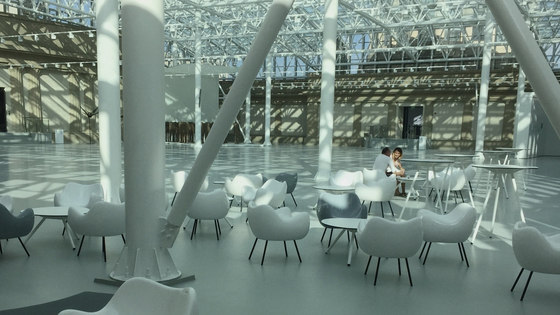The Four Domes Pavilion, the seat of the new branch of the National Museum in Wrocław, was built in 1912 to a design by the distinguished architect Hans Poelzig. Alongside Max Berg’s landmark Centennial Hall, it was one of the principal architectural features of the Exhibition Grounds complex built for the Centennial Exhibition in 1913 commemorating the Battle of the Nations in 1813 and Prussia’s triumph over Napoleon.
Until 1945, it occasionally housed art and industrial exhibitions and in 1948 was used as a venue for the famous Exhibition of the Reclaimed Territories. In 1953, it became part of the Film Studios in Wrocław, known for a number of distinguished films, including the iconic Manuscript Found in Saragossa by Wojciech Has. The exhibition rooms were repurposed to serve this new function and converted to store props and costumes, etc. This resulted in major alterations of the building’s original structure and obliterated its original layout. The Film Studios’ prolonged decline in the 1990s resulted in the gradual dilapidation of the Four Domes Pavilion. In 2006, the Centennial Hall and its surroundings were entered on UNESCO World Heritage List. In 2009, the Four Domes Pavilion was designated for the contemporary art collection of the National Museum. The overhaul to restore the building to its original function was completed in 2013-2015.
the local government of Lower Silesia
architect: Hans Poelzig (1912)
architect restoration and reconstruction: Marek Michalowski, BeMM arcitects
Budimex





